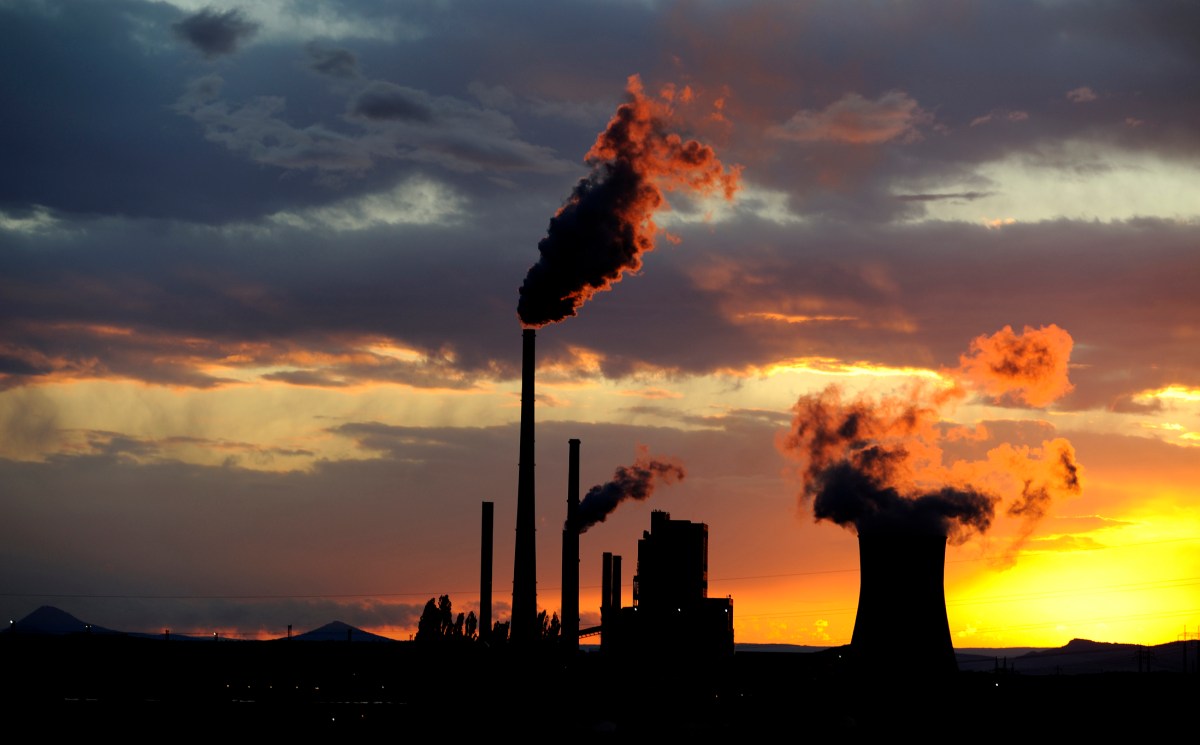Coal-fired power plants have caused significant damage to the environment over the past century, contributing to climate change, acid rain, black lung, and heart disease. However, a potential climate solution can be found in the remnants of these power plants.
A promising discovery has been made in the fly ash produced by coal plants, which can be used to partially replace cement in concrete.
Krish Mehta, co-founder and CEO of PHNX Materials, explained to TechCrunch that “ash can be used to replace up to 30% of cement.” By using fly ash from coal plants, a significant portion of the carbon footprint associated with cement can be eliminated.
PHNX Materials has developed a process to remove impurities such as sulfur and carbon from fly ash, making it suitable for use in concrete. This process also extracts valuable compounds like sulfur and aluminum, which can be sold to various industries.
The startup has secured a $2.5 million seed round, led by Divergent Capital, KdT Ventures, and Overture, with participation from Jane Woodward.
The use of ash in concrete is not a new concept, as ancient civilizations such as the Romans utilized volcanic ash in their construction. In recent times, state transportation departments have incorporated fly ash into their concrete mixes, with Caltrans requiring a minimum of 25% fly ash in their projects.
According to Jorge Osio-Norgaard, PHNX Materials co-founder and CTO, fly ash plays a crucial role in stabilizing concrete mixes, preventing a chemical reaction that can cause the aggregate to expand and crack the concrete.
The decline of coal-fired power plants has led to a shortage of fly ash, causing prices to rise. As a result, concrete companies have reduced the amount of fly ash in their mixes to around 8%, substituting it with more expensive cement.
This substitution not only compromises the durability of the concrete but also increases its carbon footprint, as cement production releases significant amounts of CO2. The EPA reports that one ton of cement produced in the U.S. results in approximately 0.8 tons of carbon dioxide emissions.
PHNX Materials aims to address this issue by unlocking a new supply of ash, which can help decarbonize the concrete industry. Mehta stated, “We felt that unlocking a new supply of ash was the most scalable and quickest way to decarbonize the sector.”
The company’s process involves extracting sulfur, aluminum, and other valuable compounds from fly ash, which can be sold to various industries. For example, sulfur can be used in fertilizer production.
By tackling the impurities present in the 843 fly ash landfills in the U.S., PHNX Materials believes it can provide the concrete industry with a lower-carbon alternative. Mehta reiterated, “We felt that unlocking a new supply of ash was the most scalable and quickest way to decarbonize the sector.”
Source Link





